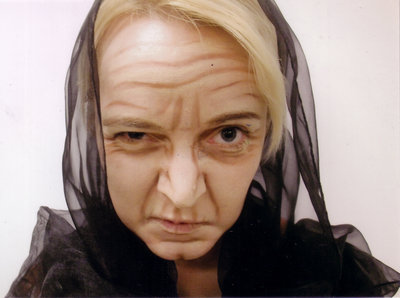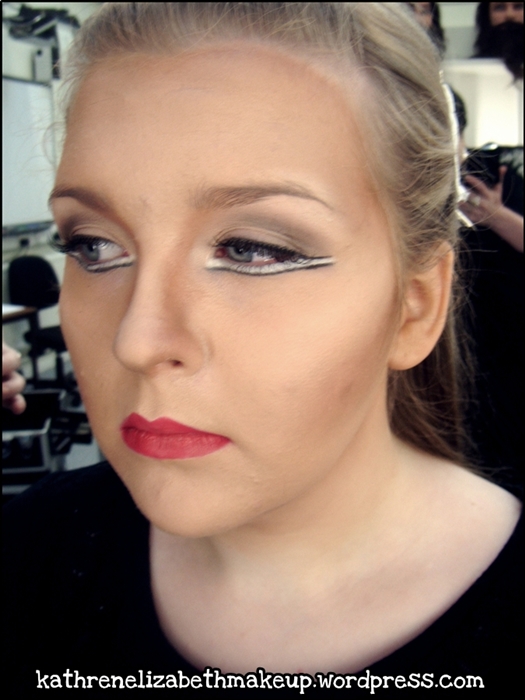Thoughts On Professional Makeup Artist Assistant Duties
Stippling is a method for applying makeup by gently pressing the color onto the skin with various textured sponges that are rough and large-pored. The pattern created by the pores adds texture without concealing what is underneath. It is used for toning down highlights and shadows that are too strong, for giving texture to the skin, for adding “blemishes” or “freckles,” and for concealing the edges of add-ons (false noses, bald caps, eyebrow covers) by breaking up the tiny line of shadow created by the edge of the false piece. It is also very a very effective way to create stubble for that “5 ‘clock shadow” look.
Many dancers brave the downsides to achieve a more glamorous visage. To optimize the effect of those extra lashes, Madonia recommends that dancers put a small gob of glue on the back of the hand and gently swipe the lash edge through it so you get a minimal amount on the lash. As you apply from the inside of the top lid out, place the outer edge of the lash in a straight line instead of on the natural slope (as you might assume), and leave a little space between the lash and your real lash line. Fill in that gap with black liner.
If your own facial features allow, the upper areas of Planes 1 and 2 may be strongly highlighted, fading down to a medium shadow on the lower parts of 1 and 2, with a deep shadow on 3. This gives the illusion that the upper teeth are missing. Blackening your own upper teeth enhances the illusion. The opposite, highlighting the lower part of 1 and 2, fading into the foundation as you approach the nose, makes the upper lip protrude. The crease angling down from the mouth corners should be treated like the nasolabial folds, but use a finer brush.